Special Populations—Pediatrics
This page only includes articles published in the last 5 years
General
- A 2015 analysis of National Health Interview Survey data found that use of CAM among children ages 4-17 did not increase between 2007 and 2012. Chiropractic or osteopathic manipulation; yoga, tai chi, or qi gong were the most commonly used CAM approaches.1
- A 2012 systematic reviewed stated, “studies that monitored both subjective and objective outcome measures of relevance to both patients and parents tended to report the most favorable response to SMT, especially among children with asthma.”2
Infantile colic
- A 2016 review summarized current trends in the management of excessive crying in infants (infantile colic). The authors view it to be a dysfunction in the musculoskeletal system. They conclude that, based on the literature, chiropractic manual therapy “is the most successful option for the management of the musculoskeletal health” of infants.” Few adverse effects have been reported, and these are negligible in comparison to the beneficial accounts of manual therapy.”3
Best practices for chiropractic care for children
- A 2015 article describes competencies for Doctors of Chiropractic treating children.4
- A 2016 set of “best practices” made recommendations for optimal chiropractic care for children.5
Breastfeeding
- A 2015 review described articles reporting chiropractic treatment of infants with nursing difficulties by manual correction of biomechanical dysfunction.6
- A 2016 study reported that mothers, with their infants, who attended a multidisciplinary clinic consisting of midwives and Doctors of Chiropractic, increased rates of exclusive breastfeeding.7
Manipulative Techniques for Infants and Young Children
- A 2016 review found that manipulative technique selection and application by chiropractors treating infants and young children are typically modified in force and speed to suit the age and development of the child.8
Adolescent Idiopathic Scoliosis (AIS)
- A 2016 mini-review stated that conservative treatment of AIS includes observation, scoliosis-specific exercises (SSE) and bracing. The authors found that increasing evidence suggests that SSE and brace treatment can significantly limit the progression of spinal curvatures. In growing adolescents with curvatures more than 20 degrees, bracing is indicated and should be used in conjunction with SSE. In general rigid braces are preferable to soft flexible braces. Also, preliminary evidence suggests that asymmetric braces are more effective than symmetrical braces. Recently it has also been reported that high quality bracing can also reduce curvatures exceeding 45 degrees in over 70% of growing adolescents. This new knowledge might possibly increase the threshold of surgical indications to beyond 50 degrees or above in the near future.9
- A 2016 mini-review found that spinal bracing is indicated in moderate to severe curves during growth. Bracing is supported by high quality evidence (Level I). Asymmetric braces have led to better corrections than that described for symmetric braces.10
- This 2016 review summarizes current evidence for the inclusion of various forms of postural reeducation in the management of AIS. There is at present Level 1 evidence for the effectiveness of Schroth scoliosis exercises in the management of AIS. Although it is not known whether this evidence can be extrapolated to other scoliosis specific exercises (SSE), the integration SSE into AIS programs may be beneficial, according to the theory that they reduce the asymmetric loading of the spinal deformities and reverse the vicious cycle of spinal curvature progression.11
For the following conditions, please see “Nonmusculoskeletal Conditions” for more information:
- ADHD
- Asthma
- Infantile colic
- Otitis media
- Other respiratory disease
For articles on safety, see “Safety of Spinal Manipulative Therapy/Chiropractic Care.”
References
- Black LI, Clarke TC, Barnes PM, Stussman BJ, Nahin RL. Use of complementary health approaches among children aged 4-17 years in the United States: National Health Interview Survey, 2007-2012. Natl Health Stat Report. 2015(78):1-19. FREE FULL TEXT
- Gleberzon BJ, Arts J, Mei A, McManus EL. The use of spinal manipulative therapy for pediatric health conditions: a systematic review of the literature. J Can Chiropr Assoc. 2012;56(2):128-141. FREE FULL TEXT
- Yao D, Deng X, Wang M. Management of musculoskeletal dysfunction in infants. Exp Therapeutic Med 2016;11(6):2079-2082. FREE FULL TEXT
- Hewitt E, Hestbaek L, Pohlman KA. Core competencies of the certified pediatric Doctor of Chiropractic: results of a Delphi consensus process. J Evid Based Complementary Altern Med. 2016.
- Hawk C, Schneider M, Vallone S, Hewitt E. Best practices for chiropractic care of children: a consensus update. J Manipulative Physiol Ther 2016;39(3):158-168. FREE FULL TEXT
- Alcantara J, Alcantara JD, Alcantara J. The chiropractic care of infants with breastfeeding difficulties. Explore. 2015;11(6):468-474.
- Miller J, Beharie MC, Taylor AM, Simmenes EB, Way S. Parent reports of exclusive breastfeeding after attending a combined midwifery and chiropractic feeding clinic in the United Kingdom: a cross-sectional service evaluation. J Evid Based Complementary Altern Med. 2016.
- Todd AJ, Carroll MT, Mitchell EK. Forces of commonly used chiropractic techniques for children: a review of the literature. J Manipulative Physiol Ther. 2016;39(6):401-410.
- Sy N, Bettany-Saltikov J, Moramarco M. Evidence for conservative treatment of adolescent idiopathic scoliosis – update 2015 (mini-review). Current Pediatr Rev. 2016;12(1):6-11.
- Sy N, Borysov M, Moramarco M, Nan XF, Weiss HR. Bracing scoliosis – state of the art (mini-review). Current Pediatr Rev. 2016;12(1):36-42.
- Weiss HR, Moramarco MM, Borysov M, et al. Postural rehabilitation for adolescent idiopathic scoliosis during growth. Asian Spine J. 2016;10(3):570-581. FREE FULL TEXT

